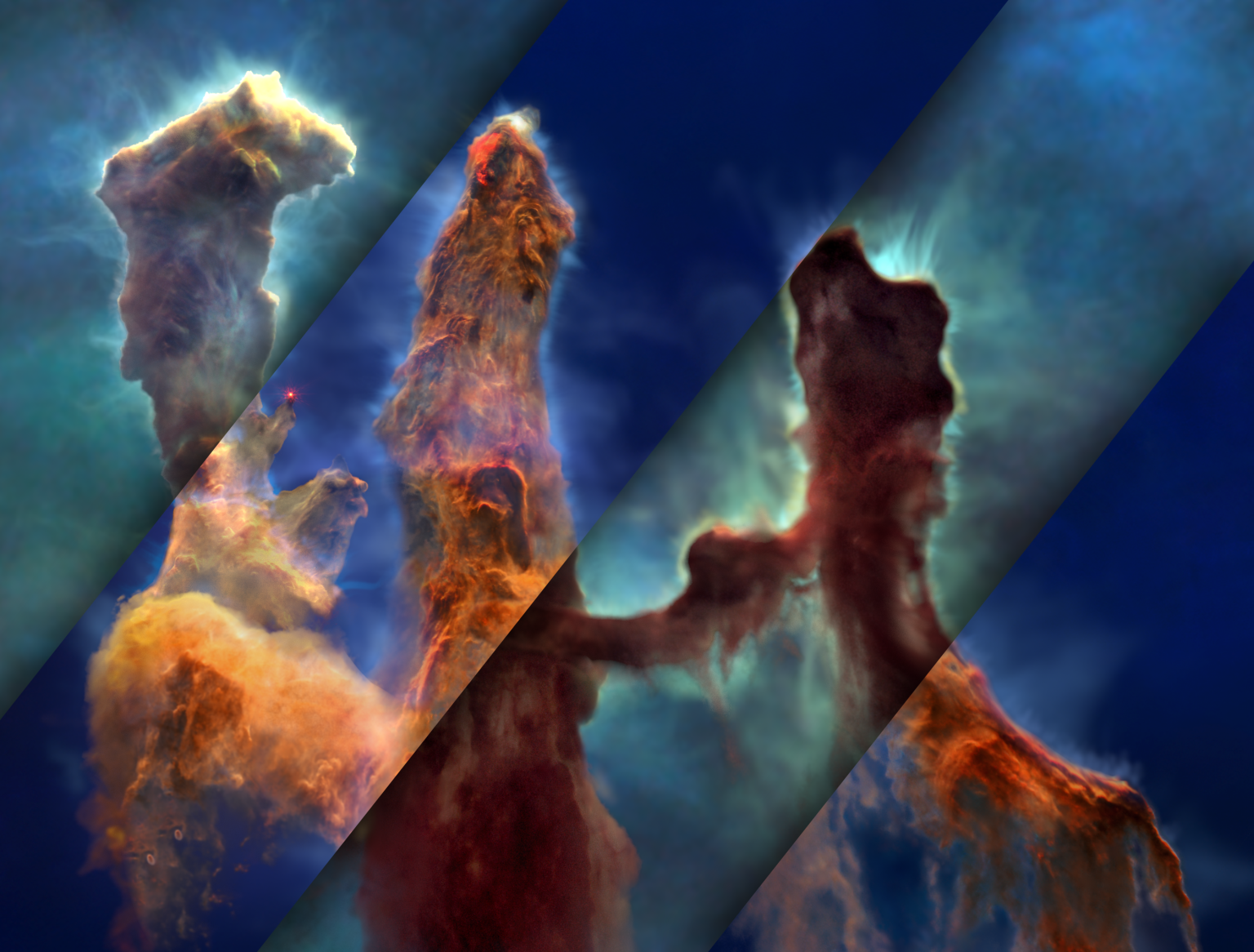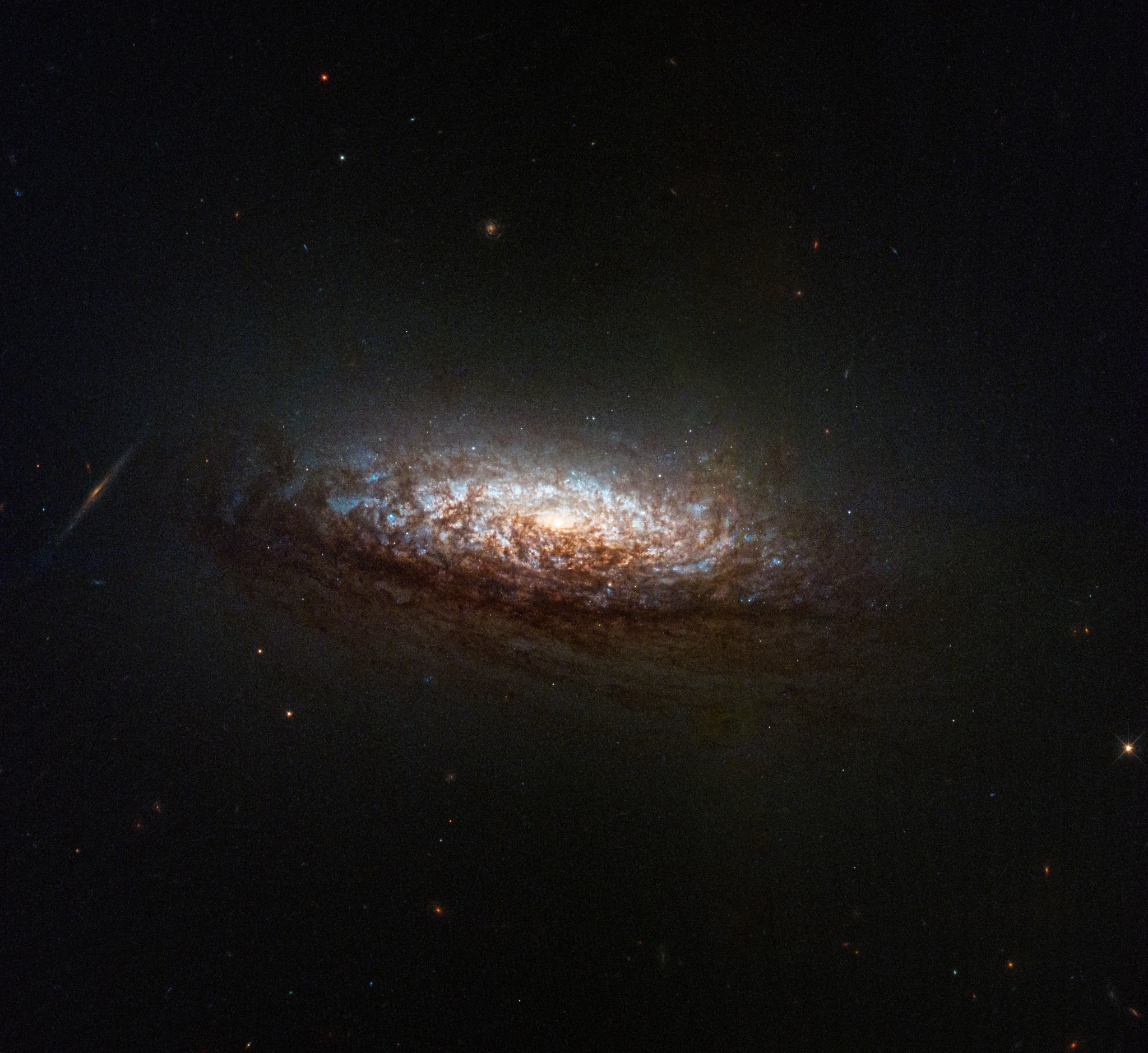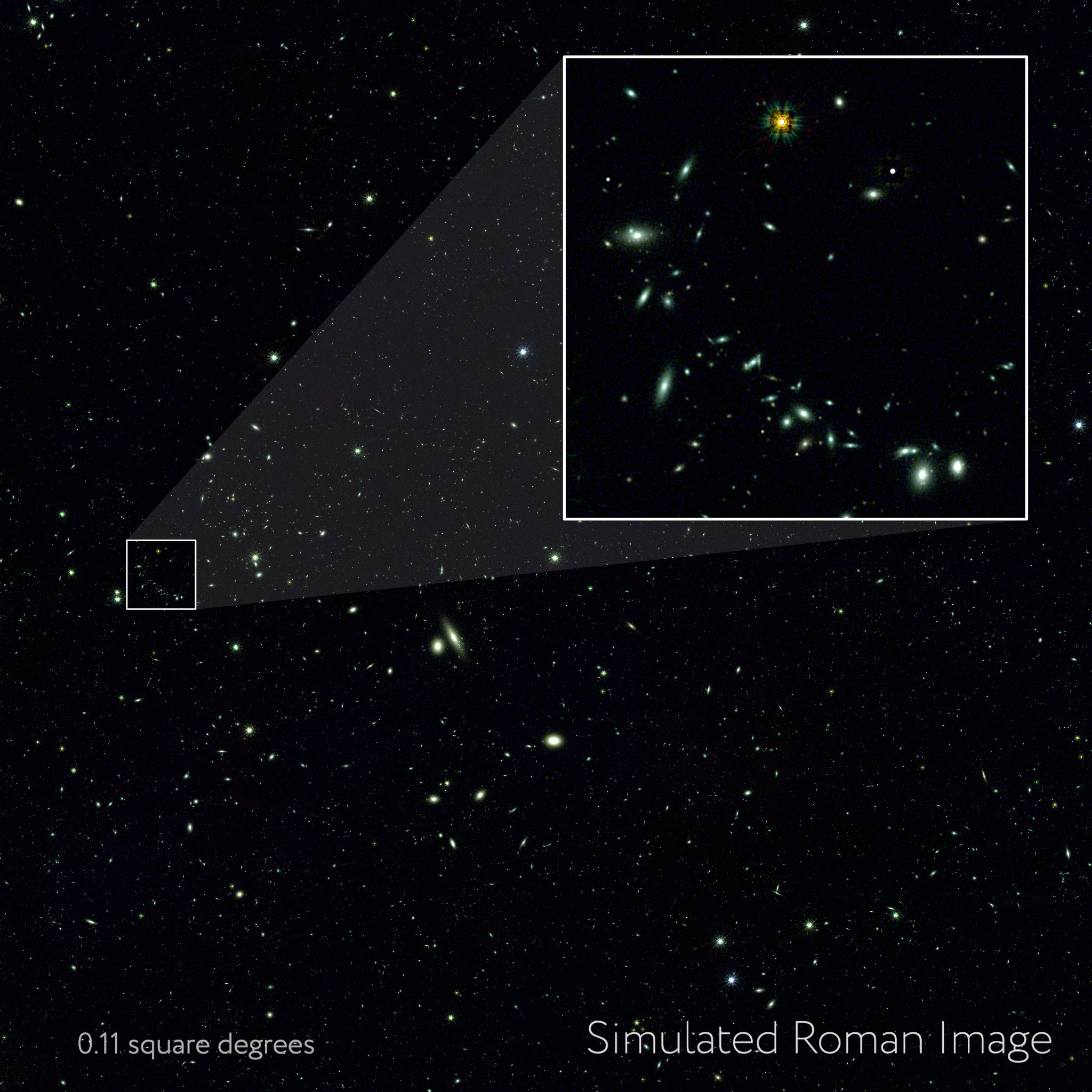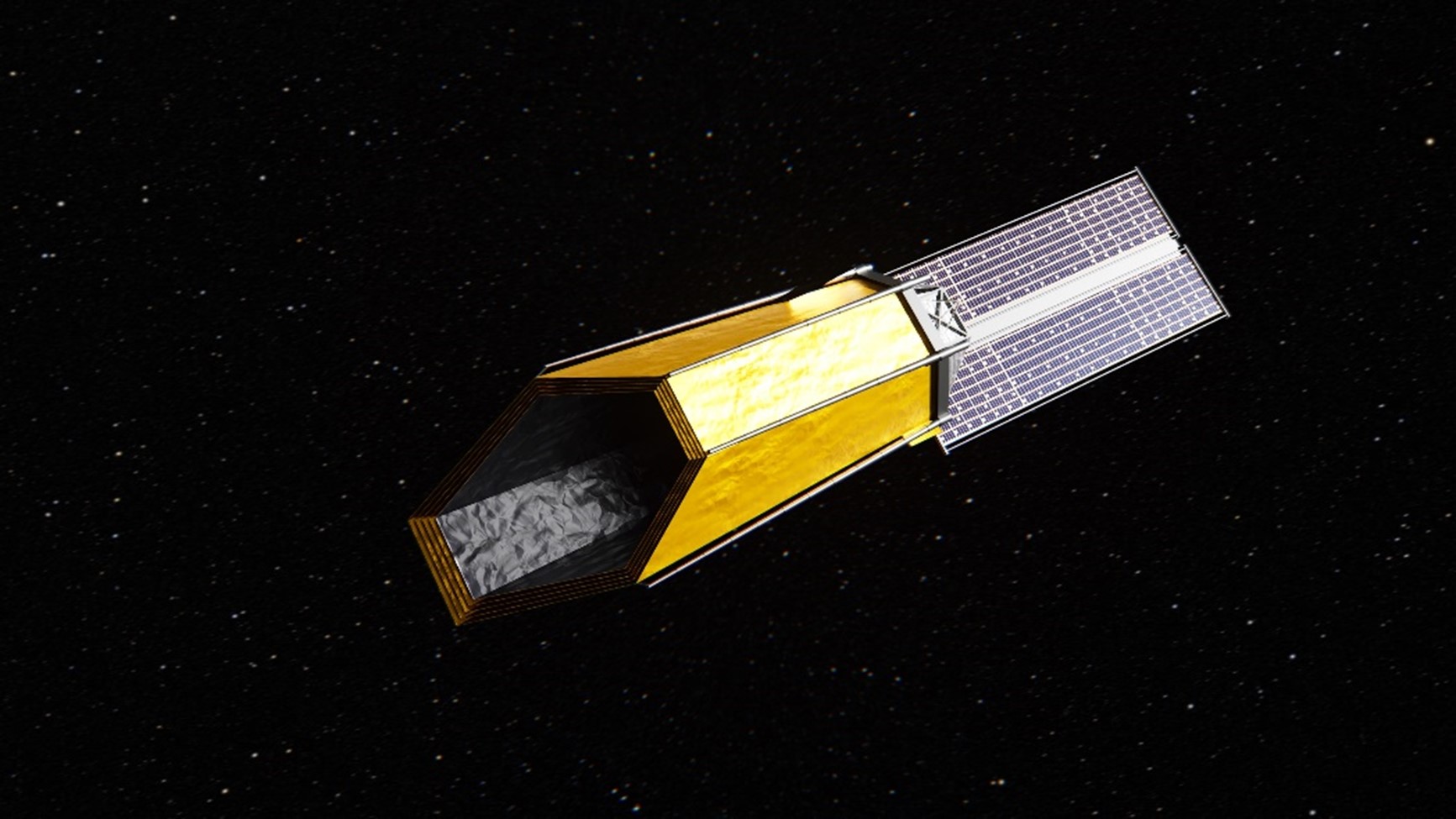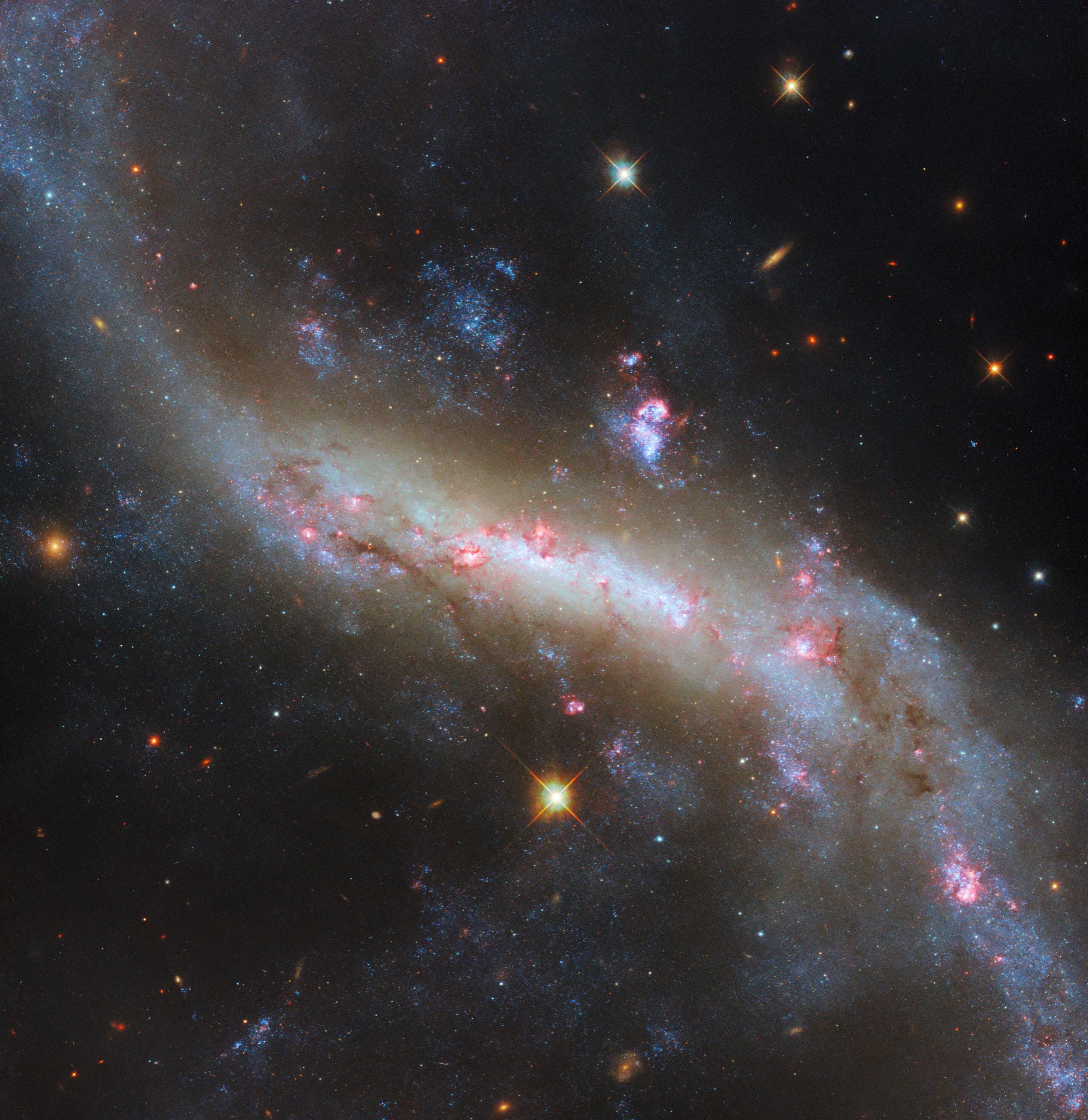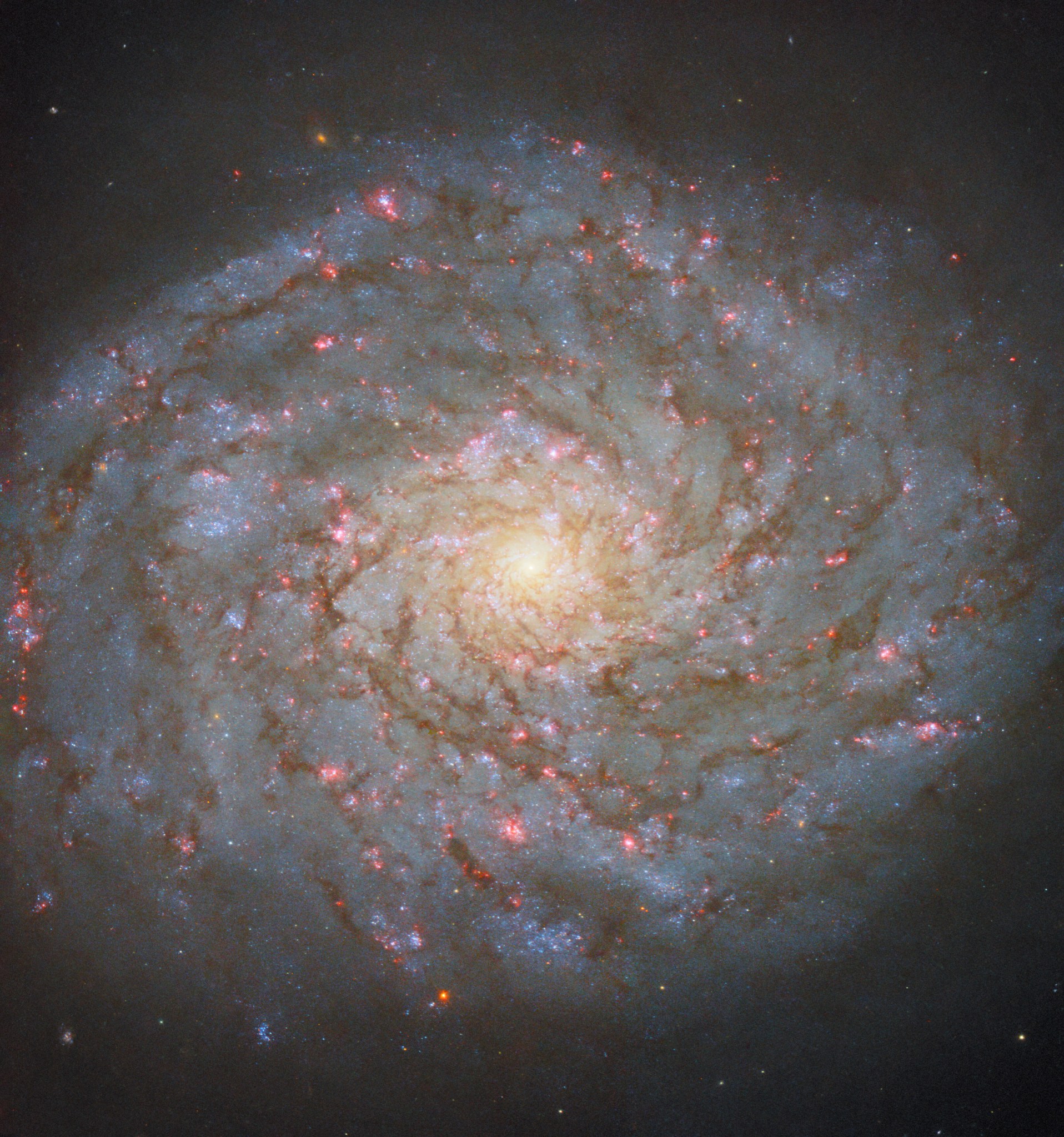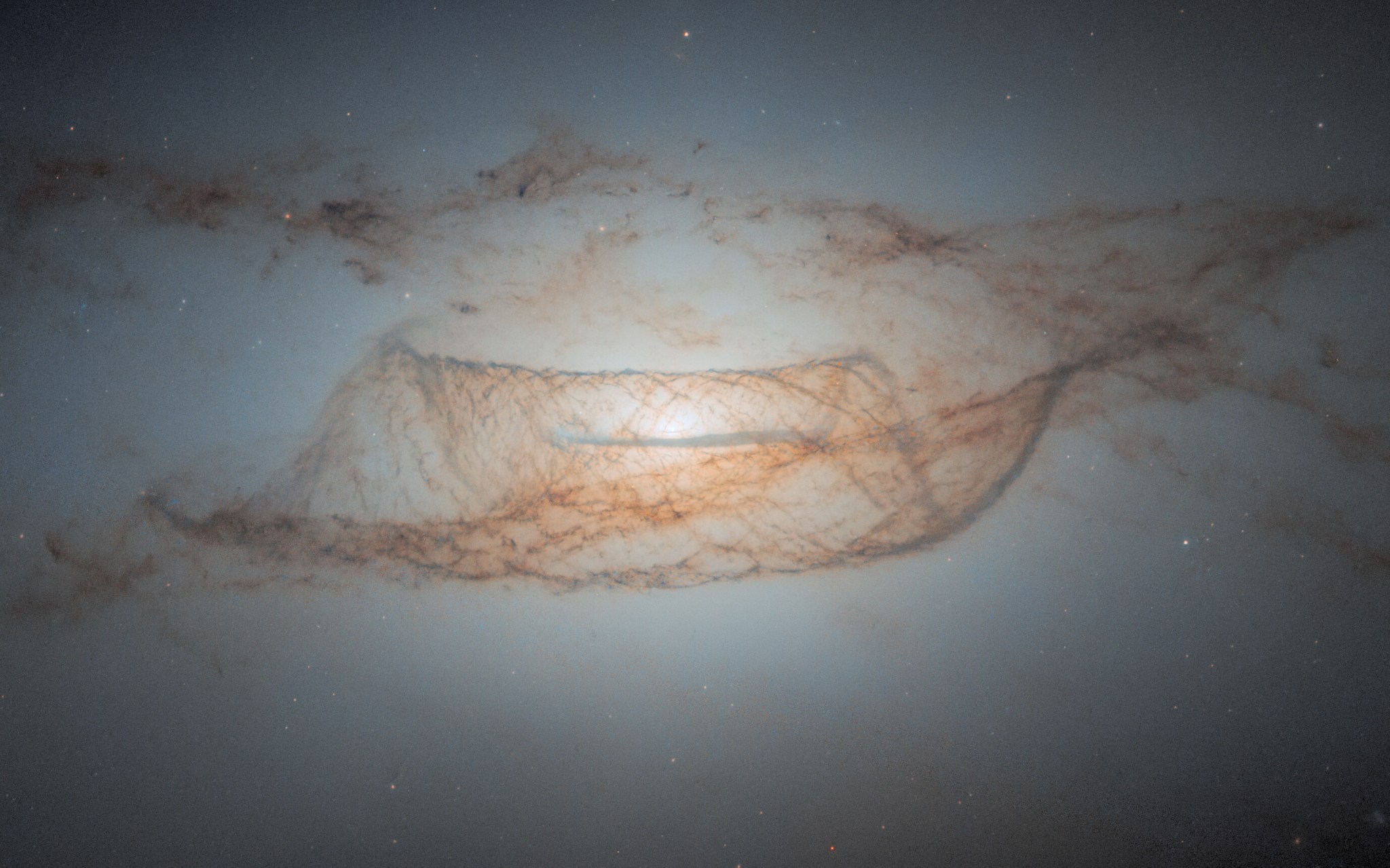6 Min Read Pillars of Creation Star in New Visualization from NASA’s Hubble and Webb Telescopes A mosaic of visible-light (Hubble) and infrared-light (Webb) views from the same Pillars of Creation visualization frame. Credits: Greg Bacon, Ralf Crawford, Joseph DePasquale, Leah Hustak, Christian Nieves, Joseph Olmsted, Alyssa Pagan, and Frank Summers (STScI), NASA’s Universe of Learning Made famous in 1995 by NASA’s Hubble Space Telescope, the Pillars of Creation in the heart of the Eagle Nebula have captured imaginations worldwide with their arresting, ethereal beauty. Now, NASA has released a…
Read MoreTag: Astrophysics
NASA Releases Hubble Image Taken in New Pointing Mode
2 min read NASA Releases Hubble Image Taken in New Pointing Mode This NASA Hubble Space Telescope features the galaxy NGC 1546. NASA, ESA, STScI, David Thilker (JHU) NASA’s Hubble Space Telescope has taken its first new images since changing to an alternate operating mode that uses one gyro. The spacecraft returned to science operations June 14 after being offline for several weeks due to an issue with one of its gyroscopes (gyros), which help control and orient the telescope. This new image features NGC 1546, a nearby galaxy in…
Read MoreInvestigating the Origins of the Crab Nebula With NASA’s Webb
6 Min Read Investigating the Origins of the Crab Nebula With NASA’s Webb This image by NASA’s James Webb Space Telescope’s NIRCam (Near-Infrared Camera) and MIRI (Mid-Infrared Instrument) shows different structural details of the Crab Nebula. New data revises our view of this unusual supernova explosion. A team of scientists used NASA’s James Webb Space Telescope to parse the composition of the Crab Nebula, a supernova remnant located 6,500 light-years away in the constellation Taurus. With the telescope’s MIRI (Mid-Infrared Instrument) and NIRCam (Near-Infrared Camera), the team gathered data that…
Read MoreNASA’s Roman Mission Gets Cosmic ‘Sneak Peek’ From Supercomputers
Researchers are diving into a synthetic universe to help us better understand the real one. Using supercomputers at the U.S. DOE’s (Department of Energy’s) Argonne National Laboratory in Illinois, scientists have created nearly 4 million simulated images depicting the cosmos as NASA’s Nancy Grace Roman Space Telescope and the Vera C. Rubin Observatory, jointly funded by NSF (the National Science Foundation) and DOE, in Chile will see it. Michael Troxel, an associate professor of physics at Duke University in Durham, North Carolina, led the simulation campaign as part of a…
Read More‘Super’ Star Cluster Shines in New Look From NASA’s Chandra
Star Cluster Westerlund 1. X-ray: NASA/CXC/INAF/M. Guarcello et al.; Optical: NASA/ESA/STScI; Image Processing: NASA/CXC/SAO/L. Frattare Westerlund 1 is the biggest and closest “super” star cluster to Earth. New data from NASA’s Chandra X-ray Observatory, in combination with other NASA telescopes, is helping astronomers delve deeper into this galactic factory where stars are vigorously being produced. This is the first data to be publicly released from a project called the Extended Westerlund 1 and 2 Open Clusters Survey, or EWOCS, led by astronomers from the Italian National Institute of Astrophysics in Palermo. As part of EWOCS,…
Read MoreNASA Awards Advance Technologies for Future Habitable Worlds Mission
This artist’s concept features one of multiple initial possible design options for NASA’s Habitable Worlds Observatory. Credits: NASA’s Goddard Space Flight Center Conceptual Image Lab NASA announced Friday it selected three industry proposals to help develop technologies for future large space telescopes and plan for the agency’s Habitable Worlds Observatory mission concept, which could be the first space telescope designed to search for life outside our solar system. The mission would directly image Earth-like planets around stars like our Sun and study their atmospheres for the chemical signatures of life,…
Read MoreHubble Views the Lights of a Galactic Bar
2 min read Hubble Views the Lights of a Galactic Bar This Hubble Space Telescope image reveals details in the barred spiral galaxy NGC 4731. ESA/Hubble & NASA, D. Thilker This new image from the NASA/ESA Hubble Space Telescope shows the broad and sweeping spiral galaxy NGC 4731. It lies in the constellation Virgo and is located 43 million light-years from Earth. This highly detailed image uses data collected from six different filters. The abundance of color illustrates the galaxy’s billowing clouds of gas, dark dust bands, bright pink star-forming…
Read MoreHubble Captures a Bright Spiral in the Queen’s Hair
2 min read Hubble Captures a Bright Spiral in the Queen’s Hair This Hubble Space Telescope image showcases the bright spiral galaxy NGC 4689. ESA/Hubble & NASA, D. Thilker, J. Lee, and the PHANGS-HST Team This NASA/ESA Hubble Space Telescope image shows the jewel-bright spiral galaxy NGC 4689, which lies 54 million light-years from Earth in the constellation Coma Berenices. This constellation has the distinction of being the only one of the 88 constellations officially recognized by the International Astronomical Union (IAU) as one named after the historical figure, Queen…
Read MoreHubble Views Cosmic Dust Lanes
2 min read Hubble Views Cosmic Dust Lanes This Hubble Space Telescope image showcases a nearly edge-on view of the lenticular galaxy NGC 4753. ESA/Hubble & NASA, L. Kelsey Featured in this new image from the NASA/ESA Hubble Space Telescope is a nearly edge-on view of the lenticular galaxy NGC 4753. Lenticular galaxies have an elliptical shape and ill-defined spiral arms. This image is the object’s sharpest view to date, showcasing Hubble’s incredible resolving power and ability to reveal complex dust structures. NGC 4753 resides around 60 million light-years from…
Read MoreHubble Celebrates the 15th Anniversary of Servicing Mission 4
8 Min Read Hubble Celebrates the 15th Anniversary of Servicing Mission 4 Michael Good (on the end of the shuttle’s Remote Manipulator System) works to refurbish and upgrade Hubble during Servicing Mission 4. Credits: NASA Fifteen years ago, human hands touched NASA’s Hubble Space Telescope for the last time. As astronauts performed finishing tasks on the telescope during its final servicing mission in May 2009, they knew they had successfully concluded one of the most challenging and ambitious series of spacewalks ever conducted. But they couldn’t have known at the…
Read More